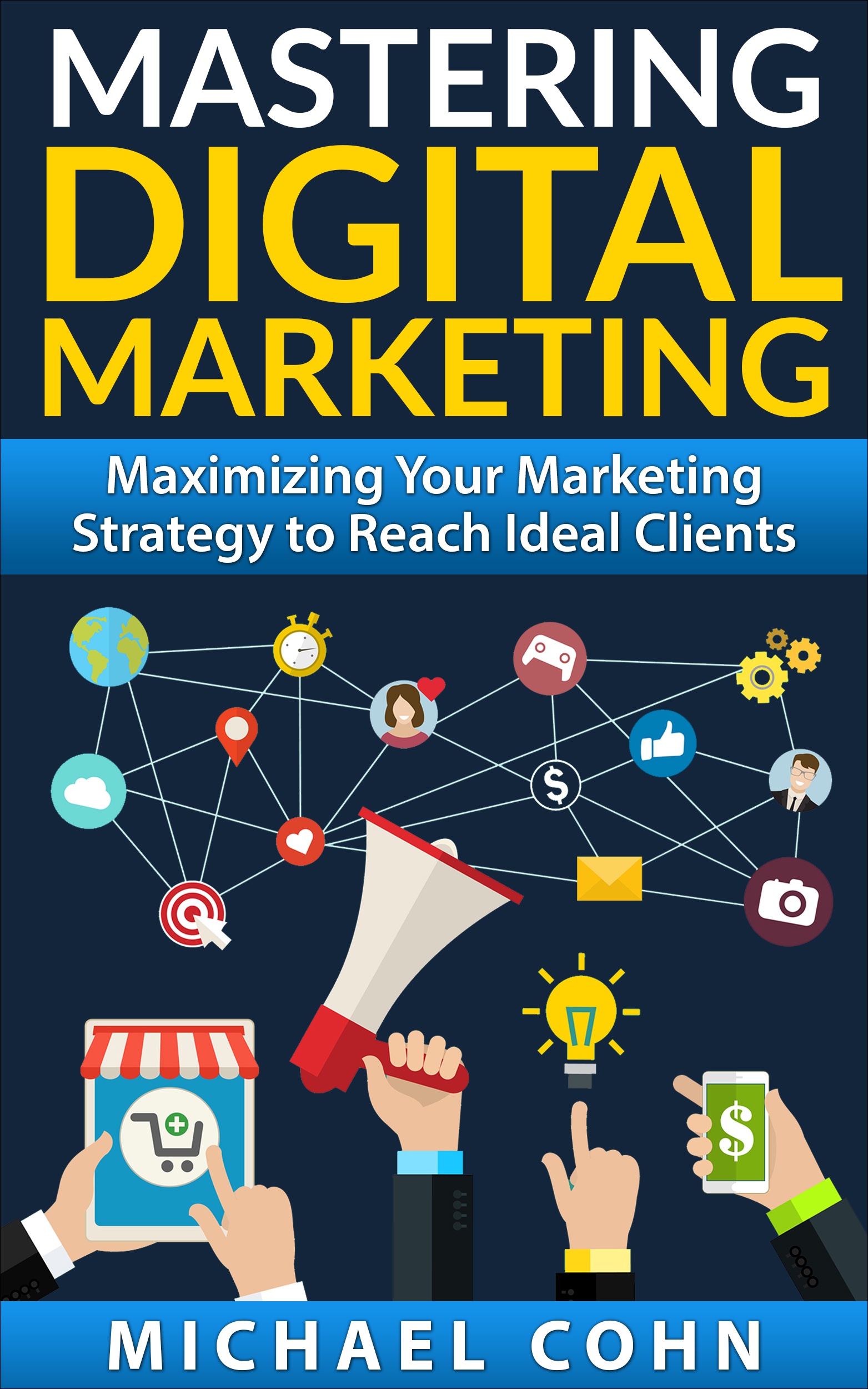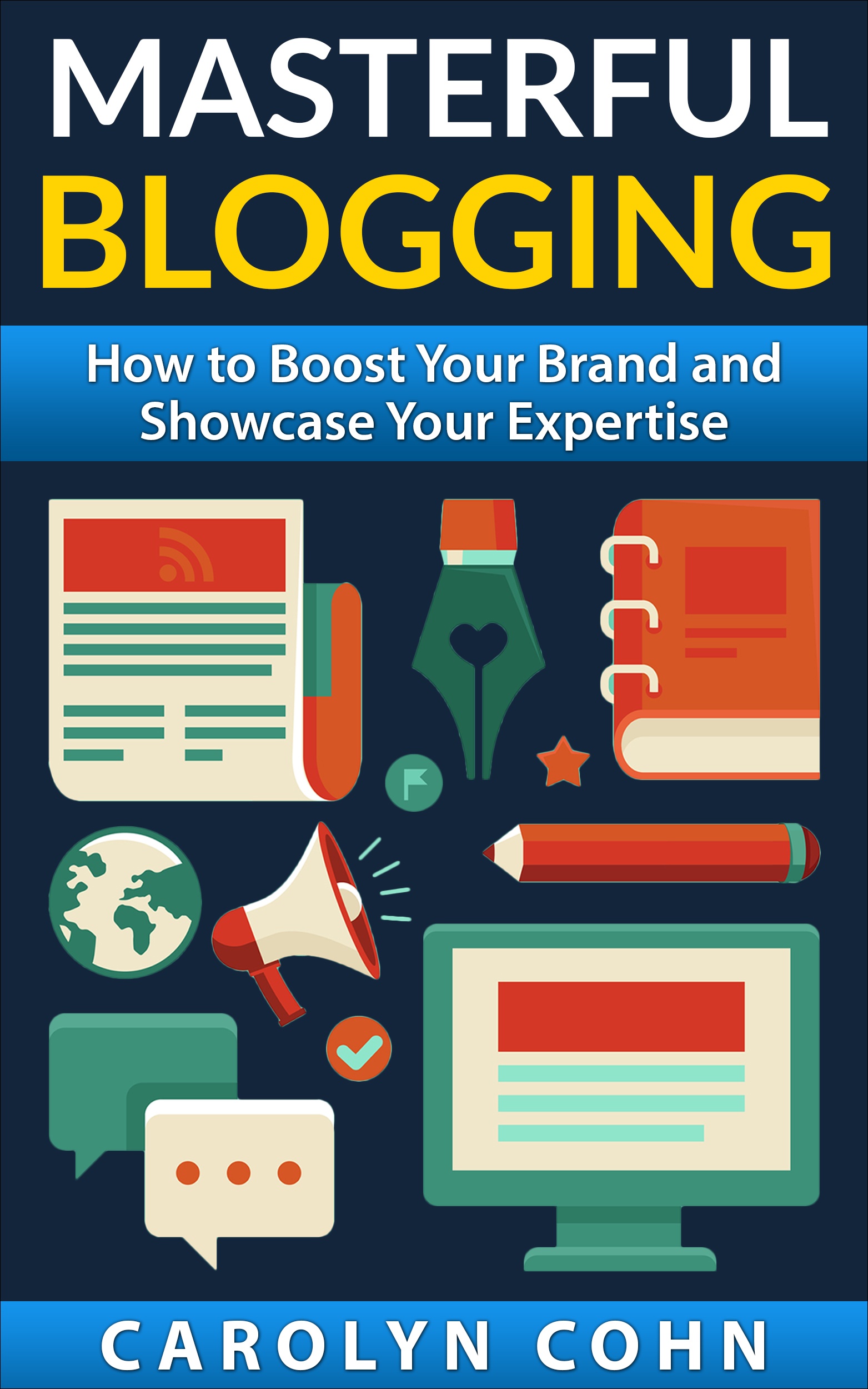Optimizing Lead Generation

A large (and early part) of your professional process that eventually leads to greater success and higher revenue is lead generation. Once you have taken those leads and converted them into clients (eventually), you need to maintain the relationships that you have formed with those clients.
It is never going to be enough to simply start a relationship and then just let it rest. You need to work on it after that in so many different ways. One of those ways is ensuring that your clients have what they need and want so that your relationship with them is solid and continues to flourish. A really good way to understand what your clients want and need is by providing them with an optimized form that will give you the information that you are seeking.
A daunting task
Most people are not thrilled to fill out a form. However, they will probably be willing to fill it out if you make it simple and short enough. Another important thing to do (and one that will be met with success) is to communicate clearly why you need the information and what they can expect from the form. Part of the problem that people generally have is that they don’t feel that they have enough time for anything as “silly” as filling out a form when they have to concentrate on their business. There are some simple rules that you can follow to make sure that your optimized forms get the attention and the feedback that they need.
Determine what the most important information is for your business: This may seem obvious to you but many people actually overlook it because it is so obvious. You need to have a clear idea of why you want to gather specific pieces of information that how that information will benefit your business. It is critical that you include all of the relevant fields of information that you wish to capture on your form. After that is done, you can work on the aesthetic aspect of the form. Remember to put the most important fields closer to the top of the form so that you are likely to get responses from the person who is completing the form.
Offer some optional fields: There are some pieces of information that you absolutely need and there are some pieces of information that you could live without, although they would be nice to capture. Not having those pieces of information will not serve as an obstacle to moving forward. Having optional fields also makes the people who are filling out the forms feel less burdened by the idea that you want them to provide you with information.
Proceed cautiously with phone number fields: Generally, people are not particularly comfortable with putting their phone number on a form. They are probably feeling insecure and uncomfortable about where their phone number will end up. There will most likely not be too many instances when having the person’s phone number is critical to whatever you are trying to accomplish. However, if you find yourself in such a situation, you will have to word your form in a way that justifies why you need that particular information.
Place your field labels carefully: As far as readability is concerned, it is best to place your field labels on top of the field. People will notice that immediately and it will make the process go smoothly. Another important thing to consider is the length of the field label. It should be as short as possible and it should not exceed one line of text.
Use clear, concise language: It is important to remember that nobody likes a cluttered, busy form. If it isn’t made as easy as possible, they may not bother with it at all. That is the last thing that you want or need. Too many words on the form will introduce a high risk of the person refusing to cooperate with you at all. It is important that your reason for requesting the information on the form is apparent right from the beginning.
Test your forms’ functionality: You should only have one button on your form (in most cases) but that doesn’t exonerate you from making sure that it works properly. It is simple enough to do and it will certainly make all the difference in the world to you. When you are testing the button, make sure that you drill down to every layer that exists so that you have complete confidence that everything is in order before you actually release those forms to your target audience.
Conclusion
Optimizing your forms is critical to your professional success. You want to get the best possible results and you want to make it as easy as possible on the people from whom you wish to gather information. It is also important to remember to look critically at your forms and be able to identify quickly what is good and what is not so good about them. Because lead generation is critical to the success of your business, you owe it to yourself to use all available tools to make it the best that it can be to successfully get the information that you need.
[signoff][/signoff]


Via LinkedIn Groups
Group: Step Into The Spotlight!
Discussion: What is Your Lead Generation Strategy?
A really good post Michael. We find that offering high quality free advice as a downloadable guide is a great way to encourage people to part with their valuable contact details. It takes time to put together but it is a really good way to educate and demonstrate that you are an expert in your profession.
By Martin Steward
Via LinkedIn Groups
Group: Linked User Group (Official Linked User Group)
Discussion: What is Your Lead Generation Strategy?
online presence……
By Victoria Hendricks